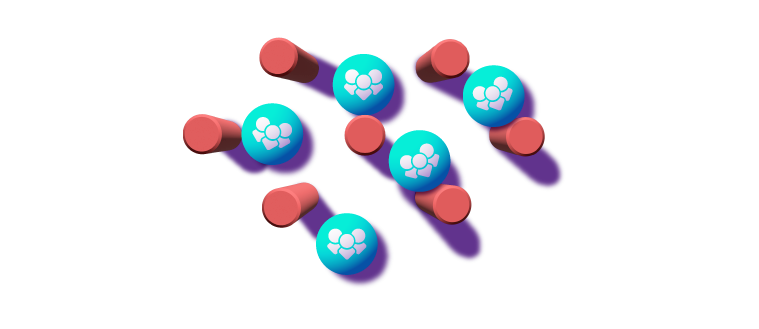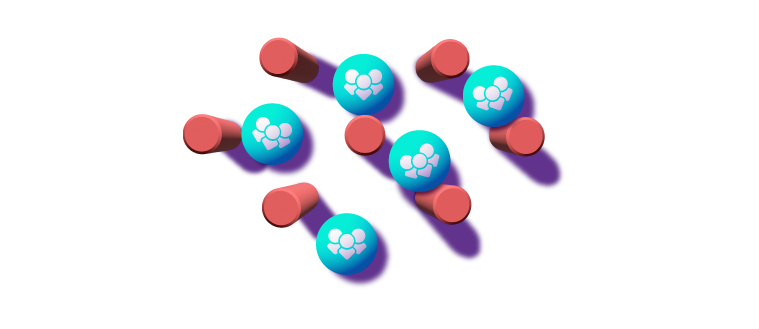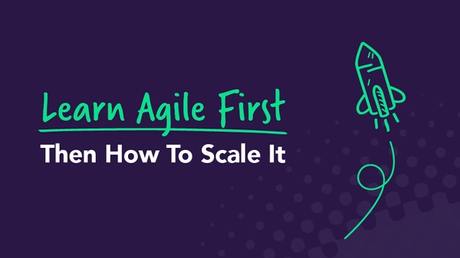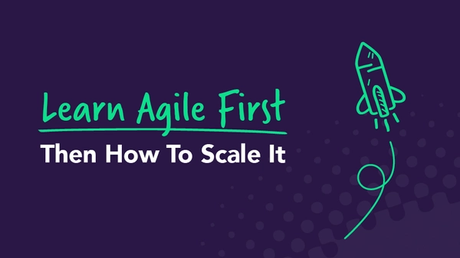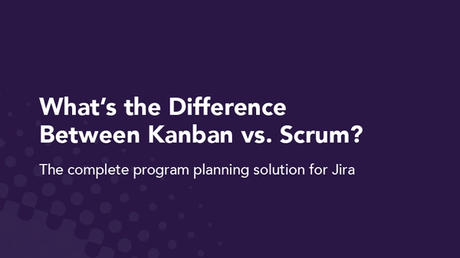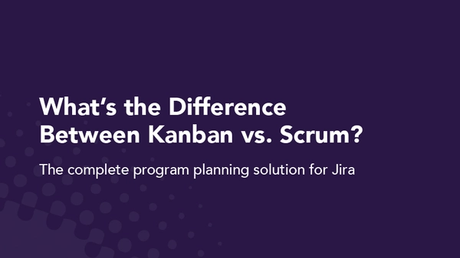Agile workflow
8 min read


Agile 101: A Beginner’s Guide to Agile Methodology
31, May 2021


Written by Sean Blake, Head of Marketing
We’re here to talk about agile, and we don’t mean your abilities on a sports field or in a yoga studio. If you’re new to agile as a methodology, there’s a lot to learn, but the basics are simple. Agile 101 begins with understanding that agile can be applied to anything. You can use agile practices to improve your personal task management, optimize workplace efficiency, or align software teams around product development.
No matter the application, the concepts remain the same: Agile creates a continuous improvement mindset that values flexibility, adaptability, collaboration, and efficiency.
In this post, we’ll cover agile 101 basics, the benefits of agile, popular agile methodologies, and common mistakes to avoid.
Agile 101: How it compares to traditional project management
The concept of Agile has evolved, but it really took off and became popularized in software development. In recent years, the methods and guiding principles of Agile have expanded into a variety of industries that want to emphasize continuous improvement and growth.
How does agile compare to traditional project management? In short: It doesn’t. Agile is just the opposite. One of our favorite ways to compare the agile approach to classical project management is to think of them as jazz vs. classical music.
In classical music, a conductor brings a previously composed and organized piece of music to an orchestra. Then, they dictate what happens and when. This is very much the same as traditional project management, where the project manager brings a plan they have conceived on their own to their team and then proceeds to tell the team how to carry it out. The project manager lays out the steps and expects the team to follow them to the letter (or note). 🎼
Jazz, on the other hand, is collaborative. Each band member feeds off of the other, creating music in a flexible and iterative process — just like the agile process. The band, like an agile team, experiments together and freely creates music in the moment. Each iteration is a little bit different, and hopefully better, than the one that preceded it. 🎷
Project management doesn’t allow for this kind of flexibility. It relies on following a strict sequential order. Each project element must be completed before moving on to the next. Just like a waterfall, the flow of work remains the same from project to project.
Agile is non-linear. It focuses on flexibility, collaboration between team members, and delivering consistent value to stakeholders. With each iteration comes new, actionable insights into what’s working, what isn’t, and what needs to change. It’s a multidimensional way of working that removes the bottlenecks inherent in traditional project management.
Agile 101: The benefits of agile

There are many benefits to agile practices for software development projects, as well as many other industries. The general concepts of agile can be applied to all sorts of situations, and its versatility means it will evolve with the needs of your team.
Think of it as a methodology you can apply to any of your business processes for increased collaboration, optimized efficiency, and continuous improvement.
Agile helps teams and businesses:
- Work at optimal efficiency by eliminating waste
- Make more effective decisions
- Adjust as new information comes in or is discovered
- Continually meet stakeholder deliverable deadlines
- Focus on adding value for stakeholders and customers
- Understand the customer journey
- Build superior products
- Understand capacity to ensure no one over or under commits to work
- Identify roadblocks before they occur
- Spot bottlenecks that could delay work
- Collaborate and work better together
- Adapt with technological, economic, and cultural changes
- Prepare for the unexpected
- Establish processes tailored to your needs
- Improve morale and happiness
- Develop a continuous improvement mindset
Agile 101: Popular methodologies
Now that you have a better understanding of agile 101 basics and the benefits of agile, let’s discuss some of the most popular agile methodologies.
Scrum
Scrum is extremely popular in agile software development. It’s a fairly complicated process for those who are unfamiliar with it, but the basics revolve around recurring sprints that each focus on completing a set amount of work.
A Scrum is one sprint lasting 2-4 weeks. At the beginning of the sprint, the product owner decides which task will move from the main list (product backlog) to the sprint to-do list (sprint backlog). The development team, led by a Scrum Master who understands the Scrum process, works to complete the sprint backlog in the allocated time.
The Scrum team meets for daily Scrums or stand-ups that ensure everyone is on the page about possible roadblocks and what work is to be completed next. This process repeats until a product is complete or stakeholders are fully satisfied. At the end of the sprint, a retrospective is held to help the team understand what went well and what they can improve upon.
Kanban
Kanban is a fairly simple agile process that is often partially utilized within other agile methods, such as Scrum. It’s a task management tool designed to optimize efficiency by visualizing all of the required work and limiting works in progress. A Kanban workflow visually organizes tasks on Kanban boards so that work items can move forward smoothly, even as changes and adjustments are made along the way.
In its simplest form, a Kanban board is three columns (To-Do, Doing, and Done) that allow work to freely flow from one phase to the next. Trello is an example of an online Kanban board.
Kanban boards should be placed in an area of the office that’s visible to the entire team. For virtual teams, this may look like an online resource that everyone can access. This helps everyone from the top down get on the same page about action items. If anyone is wondering what’s the most important task of the day, they simply need to check the Kanban board.
Lean
Lean, along with the five lean principles, originally created by Toyota, is a guiding mindset that helps teams work more productively, efficiently, and effectively. It can be applied to various agile and software development methodologies.
Lean software development is all about improving efficiency by eliminating waste, such as reducing tasks and activities that don’t add value. It provides a clear way to scale agile practices across large or growing organizations.
Extreme programming
Extreme programming (XP) is an agile approach centered around improving software quality and responsiveness while evolving with customer requirements. The ultimate goal of extreme programming is producing high-quality results throughout every aspect of the work, not just the final product.
XP decision-making is based on five values: communication, simplicity, feedback, courage, and respect. XP’s specifics won’t apply to all situations, but the general framework can provide value to any team.
Agile 101: Best practices and mistakes to avoid

To get you started, here are our list of best practices and common agile mistakes.
Basic agile 101 best practices:
✅ See failures as a learning opportunity.
✅ Embrace change and improve your adaptability skills.
✅ Improve efficiency by eliminating tasks and activities that don’t provide value.
✅ Continually improve upon your processes.
✅ Allow plans to live, breathe, and adapt.
✅ Use retrospectives to listen, learn, and improve.
✅ Prioritize the customer journey, and make decisions based on customer needs.
✅ Utilize agile tools and resources.
Common agile mistakes:
❌ Not adapting as new information is revealed or obtained.
❌ Not being on the same page as stakeholders.
❌ Not trusting the team to ideate and develop without supervision.
❌ Sitting down for sprint planning without enough information.
❌ Not incorporating retrospective insights in the following planning session.
❌ Skipping a retrospective due to lack of time or resources.
❌ Too much testing, or not knowing when the project is actually “done.”
❌ Choosing tools that don’t take a customer-centric approach.
Agile made easy
Whether you apply agile principles to an agile task management system like a personal Kanban board or use agile to develop working software, the essence is the same. In basic terms, agile is about continuous improvement. It’s a methodology, mindset, and way of viewing the world. Agile is flexible, adaptive, collaborative, and value-driven.
Easy Agile helps teams work better with agile. We design agile apps for Jira with simple, collaborative, and flexible functionality. From team agility with Easy Agile TeamRhythm, to scaled agility with Easy Agile Programs, our apps can help your agile teams work better together, and deliver for your customers.
Book a 1:1 demo to learn more about our suite of Jira tools, or contact our team if you have additional questions. We offer a free, 30-day trial, so you can try out our products before making a commitment.

